In the realm of construction work, safety is not merely an appendage; it's an integral part of daily operations. When discussing impending hazards on a typical construction site, it's easy to get lost in the turmoil of falling debris, slips and falls, or accidents involving machinery. However, one critical yet often overlooked aspect is the importance of visibility. Amidst the continuous hustle and bustle of construction work, being seen can make the difference between safe operation and a potentially disastrous accident. This is where the power of reflective construction gear comes into play.
The journey of staying safe starts with a single, robust reflective vest, and it doesn't stop there. Reflective construction gear has significantly evolved over the years, encompassing an array of items from hard hats with reflective strips to gloves and footwear with reflective elements. These innovation-led changes aim to enhance visibility, offering an additional layer of security that has proven to be considerably effective in mitigating potential hazards.
As we delve into this article, we invite you to join us on an exploration of the integral role and the fascinating world of reflective construction gear. We throw light on essential aspects, including the importance of visibility in construction work, the basic elements and the quality considerations of reflective gear, as well as guidelines on maintenance and care. Additionally, we discuss the penalties and consequences tied to the neglect of reflective gear and look into future trends and innovation in this dynamic field. We hope that our overview provides a comprehensive understanding and underlines the significance of visibility in ensuring overall safety on construction sites.
Importance of Visibility in Construction Work
The importance of visibility in construction work is often overlooked. Construction sites are bustling environments with an intricate network of operations happening simultaneously; from massive structures being erected, to personnel working at great heights, to heavy vehicles moving around. Amidst all this, optimal visibility becomes crucial. It contributes to the overall safety and efficiency of construction projects.
Hazards of Poor Visibility
The hazards associated with poor visibility are immense. It can contribute to accidents at the workplace, putting lives at risk. Here's a quick rundown of how poor visibility affects safety:
- Mistaken identities: Workers might confuse one machine or component for another leading to catastrophic errors.
- Trips and falls: Reduced visibility can hide fall hazards like open pits or tools lying around.
- Vehicle-related incidents: Vehicle operators may not see workers because of low visibility, leading to accidents.
- Miscommunication: Visual cues are vital for communication on construction sites. Poor visibility can lead to misinterpretation of these signals.
Safety Regulations regarding Visibility
In mitigating the risks associated with poor visibility, regulatory bodies around the globe have established safety guidelines. For instance, reflective clothing is mandated for nighttime work. The use of proper illumination in dark areas and the deployment of vehicles with adequate lighting are other essential practices.
Like many other safety regulations in the construction industry, compliance is not just about avoiding penalties. It's about valuing the lives and wellbeing of the workers. The accident caused by poor visibility, whether minor or severe, can have lasting impacts, both physically and psychologically, on the affected worker.
While we've targeted the major safety concerns associated with low visibility, it's also important to discuss possible solutions. With that in mind, you might find our article on Choosing the Right Reflective Gear helpful, which delves into the specifics of selecting proper safety workwear for night-time operations.
In essence, visibility in construction work is not a mere preference, but a requirement. It leads to a safer working environment and promotes efficiency on-site. Hence, it must be given the emphasis it deserves in every construction project.
The Basic Elements of Reflective Construction Gear
Imagine stepping onto a construction site after sunset or in low-light conditions. The first thing that would probably strike you would be the multitude of reflective gear twinkling in the dim lighting. This reflective construction gear plays a crucial role in the safety of construction workers, especially when they're working under poor visibility conditions. This section will delve into five basic elements of reflective construction gear that every worker should equip themselves with: reflective vests, hard hats with reflective strips, reflective pants or overall, gloves with reflective strips and footwear with reflective elements.
Reflective Vests
Reflective vests are the poster child of visibility clothing. Available in a variety of intense fluorescent colours like orange or yellow, their primary function is to make the wearer visible to others, especially vehicle drivers. Security features often include reflective strips placed strategically along the torso and shoulders.
Hard Hats with Reflective Strips
On a construction site, hard hats are a mandatory safety requirement. To enhance visibility, many organizations opt for hard hats fitted with reflective strips. These hats not only provide protection against falling debris, but also make the wearers visible from afar.
Reflective Pants or Overalls
Reflective pants or overalls offer two-in-one safety benefits. They shield the wearer from the hazards of the job while also ensuring their visibility due to the reflective strips sewn into the fabric. The more the surface area covered by reflective elements, the more conspicuous the wearer is in dim lighting conditions.
Gloves with Reflective Strips
These are not just ordinary gloves. Reflective gloves are specifically engineered to ensure visibility while working. They are typically crafted with high-visibility colours and complimented with reflective strips to further ensure the wearer's safety.
Footwear with Reflective Elements
Reflective footwear rounds up our list of essential visibility gear. Safety boots augmented with reflective elements not only protect the feet from occupational hazards but also ensure the wearer's visibility, which is particularly vital when working in low light areas or at night.
Remember, while reflective gear significantly improves safety, it is also essential to dress for the weather. Here's a handy guide to finding the best rain gear for construction if you're working in wet conditions. Just as visibility gear keeps workers safe from accidents, weather-appropriate gear protects them from the elements. So gear up and stay safe.
Ensuring the Quality and Effectiveness of Reflective Gear
Quality and effectiveness are indispensable elements when it comes to choosing the best reflective gear. Whether going for an evening run or working on a construction site, the need for top-notch, high-visibility clothing is paramount. Now, let's delve into the compelling world of reflective gear, where innovation meets safety, and discover what you should look out for to ensure the best protection possible.
Reflective Materials and Tech
Gone are the days when simple, reflective tapes were the epitome of high-visibility gear. Today's market brings forth an array of innovative reflective materials that drastically enhance visibility, making you stand out even in the most challenging lighting conditions.
When considering reflective gear, check for:
- Retro-reflective materials - These are designed to bounce light back in the direction it originated from, rendering you highly visible even from a distance.
- Photoluminescent products - They absorb light and then emit it when in low-light conditions, acting as a personal light source.
- Light-emitting tech like LED - Some gear integrates tiny LED lights within the material, ensuring you're visible from all angles.
The combination of such advanced technology can drastically increase your visibility, hence safety, especially during the twilight hours or in foggy weather conditions.
Durability
While reflective properties are crucial, the durability of the material cannot be discounted. After all, you're investing in gear intended to protect you from elements, and this protection needs to outlast a single season.
Ensure your gear is:
- Tear-resistant - This is especially important in construction environments, where sharp objects and rough surfaces are commonplace.
- Waterproof - Wet weather conditions should not compromise the durability or the reflective quality of your gear.
- UV resistant - The sun's harmful rays can break down the material over time, reducing both the gear's durability and visibility.
Just as with the Perfect Rain Gear for Construction, the same tenets of durability apply to reflective gear.
Comfort
While this is often overlooked, comfort plays a crucial role in your overall experience with the reflective gear. Uncomfortable clothing can interfere with movements and distract you from your main focus – be it work, exercise, or any other activity. Therefore, always ensure the gear fits well, has breathable material, and is supportive without being restrictive.
When all things are considered, it's undeniable that the world of reflective gear has evolved significantly over the years. Focusing on the essential factors of reflective tech, durability, and comfort will help you make an informed decision when choosing your reflective gear. With the right choice, nighttime visibility will never be an issue, ensuring your safety, even in the most obscure circumstances.
Maintenance and Care for Reflective Construction Gear
Reflective construction gear is a critical element in keeping construction workers safe and visible on the job, especially in conditions with limited visibility. However, without the proper ongoing care and maintenance, these reflective qualities can greatly diminish with time. Therefore, here, we delve into some essential practices you can implement into your routine to maintain and prolong the service life of your reflective construction gear.
Cleaning
Cleanliness is a crucial aspect of maintaining your reflective gear's efficiency. Accumulated dirt on the reflective surface can hamper its visibility. Therefore, regular cleaning is a must, but it is also essential that this is done carefully to prevent unnecessary damage to the reflective material.
Here are some general steps for cleaning reflective construction gear:
- Always hand wash the gear if possible. The reflective strips on these garments can endure hard use in construction environments, but washing machines and dryers can be particularly harsh on these elements.
- Use mild soap or detergent. Avoid heavy-duty cleaners or bleach, which could degrade the reflectors over time.
- Gently scrub the reflective areas to remove any built-up dirt or grime. A soft brush can help in this process.
- Rinse thoroughly and allow the gear to air dry.
Remember, a careful cleaning routine can significantly extend the lifespan of your reflective gear.
Checking for Wear and Tear
Beyond cleaning, it's essential to regularly check your reflective construction gear for signs of wear and tear. These can include things like frayed stitching, fading reflectors, ripped fabric, or a general loss of visibility. If such signs are evident, it might be time to consider replacing the item. Remember, safety should never be compromised.
Replacement
The reality is, no piece of safety equipment lasts forever. Even with the best care and attention to detail, the point will inevitably come when it's time to retire your reflective construction gear and replace it with something new.
To help you choose the right gear for your needs, you may want to check out our Durable Rain Gear Reviews which offers helpful insights on some top-rated options.
Remember, when it comes to safety, there's no room for compromise. Maintaining your reflective construction gear is not only a smart financial practice, but it's also essential for your safety and the safety of those around you. So, make sure you clean, inspect, and when necessary, replace your gear to ensure the highest level of protection.
Penalties and Consequences of Not Using Reflective Construction Gear
For construction workers, visibility is paramount to safety amidst the hustle and bustle of the worksite. Reflective construction gear is designed to increase visibility, especially in conditions with low light, poor weather, or when dust and debris are flying. But what if workers choose to forgo this vital safety measure? The consequences can be severe and far-reaching, shattering the commonly held myths about construction rain gear. Here, we delve into the penalties and consequences of not using reflective construction gear.
Legal Penalties
One of the most immediate consequences of neglecting to use reflective construction gear is the violation of health and safety regulations, which are established to protect workers on the job.
- Fines and penalties: Employers can be fined heavily for not ensuring their workers wear the appropriate safety gear. These fines vary depending on the region, the severity of the violation, and the frequency of non-compliance.
- Work stoppages: In some instances, if safety inspectors find that workers are not wearing the required gear, they could issue a stop-work order. This could mean significant losses due to project delays.
- Legal liability: In the event of an accident where a worker was not wearing their reflective gear, the employer could be held legally responsible. This increases the risk of costly lawsuits and reputational damage.
Health and Safety Risks
Taking off your reflective gear doesn't just invite legal consequences; it puts you in direct peril. Ignoring the need for high visibility can lead to tragic outcomes.
- Increased accident risk: Without reflective gear, workers become less visible, especially in adverse weather or lighting conditions. This increased invisibility raises the risk for accidents involving moving equipment or vehicles on site.
- Serious injuries, or worse: When accidents happen on construction sites, they can lead to serious injuries or even fatalities. Reflective safety gear can play a crucial role in preventing these outcomes.
Hence, bypassing the use of reflective construction gear not only opens you up to the risk of legal penalties but also puts lives in danger. The truth is, safety should never be compromised, irrespective of the weather conditions, debunking the common myths about construction rain gear that may mislead some.
Being aware of these penalties and consequences underscores the importance of always using the correct, high-visibility safety gear. Stay safe, stay visible, and keep your work environment accident-free.
Updating Reflective Gear: Future Trends and Innovation
Reflective gear is a vital element of safety precautions in various industries, from construction sites to cycling lanes. Keeping people visible and safe in low-light conditions is a priority that drives continuous innovation in this segment. Emerging trends are pushing the boundaries of traditional reflective gear, redefining its materials, design, and tech applications for enhanced visibility.
Improvements in Materials
The reflective gear industry has consistently endeavored to propel the quality of materials to the higher standards. Newly developed materials are proving more effective than their predecessors in bouncing back light and capturing the attention of drivers and machinery operators. The focus is not only on advancement but also on comfort and durability. More refined materials are lighter and breathable while preserving exceptional reflective capabilities. Plus, these materials are built to withstand harsh environmental conditions, ensuring the longevity of the gear.
- Revolutionary light-responsive textiles that intensify reflected light
- Advanced composite materials for added durability and comfort
- Innovative fabric treatments to enhance weather resistance
Design Innovations
Design plays a fundamental role in making reflective gear effective. Innovations are not limited to improving visibility but also revolve around user comfort and ease of use.
A noteworthy trend is the development of more form-fitting designs that don't compromise mobility, allowing workers to perform their duties without feeling encumbered. Also, accents and patterns arranged strategically across gear enhance visibility, even in the worst light conditions.
- Ergonomic designs for maximum comfort and mobility
- Strategic placement of reflective accents
- Emphasis on full-body visibility with designs on all areas of clothing
Emerging Tech in Visibility
As we delve into the digital age, technology's influence is indisputable, even in reflective gear. Groundbreaking technologies are improving visibility in unprecedented ways. High-tech wearable have started to be incorporated, including LED lights built into clothing and accessories, and gear integrated with GPS trackers for added security in remote or vast worksites.
In the same vein, the industry is looking into smart materials that can adjust their reflectivity based on ambient light conditions, much like a chameleon adapts to its surroundings.
- LED-integrated gear for additional visibility
- GPS-powered clothing for location tracking
- Smart materials that auto-adjust reflectivity
As discussed in our recent article on Next-Generation Rain Gear, the future of protective work attire is thrillingly high-tech and consumer-focused. As technology and consumer needs evolve, one can only imagine what exciting innovations the future holds for reflective gear.
Conclusion
Reflective construction gear plays a pivotal role in safeguarding countless lives within the construction industry each day. But, finding the right protective gear, wear-resistant, and supremely comfortable can often seem like a daunting task. For everyone working in tough environmental conditions, companies like Rain Gear Pro offer high-quality and durable gear that ensures optimal visibility, safety, and comfort, all under a single platform. With constant advancements in materials and visibility technologies, the future of reflective construction gear looks brighter than ever.
As a parting thought, let's remember - "safety is a choice you make," and investing in high-quality protective gear like Rain Gear Pro's range of chainsaw safety pants is just one of those wise choices. Stay safe, stay visible!
Frequently Asked Questions
-
What is reflective construction gear?
Reflective construction gear is a type of clothing and accessories designed with reflective materials or strips that increase visibility in low-light or dark conditions. It is primarily used by construction workers and road workers to enhance safety on job sites.
-
Is reflective construction gear necessary?
Yes, reflective construction gear is necessary for workers who perform tasks in low-light or night-time conditions, or in areas with heavy traffic. It helps to improve visibility and reduces the risk of accidents and collisions.
-
What are the types of reflective construction gear available?
Some common types of reflective construction gear include reflective vests, jackets, shirts, pants, coveralls, helmets, gloves, and safety boots. There are also accessories like reflective armbands, wristbands, and belts available.
-
Are there any regulations or standards for reflective construction gear?
Yes, many countries have regulations and standards in place to ensure the quality and effectiveness of reflective construction gear. For example, in the United States, ANSI/ISEA 107 is a widely recognized standard for high-visibility apparel.
-
How should I choose the right reflective construction gear?
When choosing reflective construction gear, consider factors such as visibility level (class 1, 2, or 3), comfort, durability, size and fit, additional safety features (such as reflective tape patterns), and compliance with relevant safety standards.

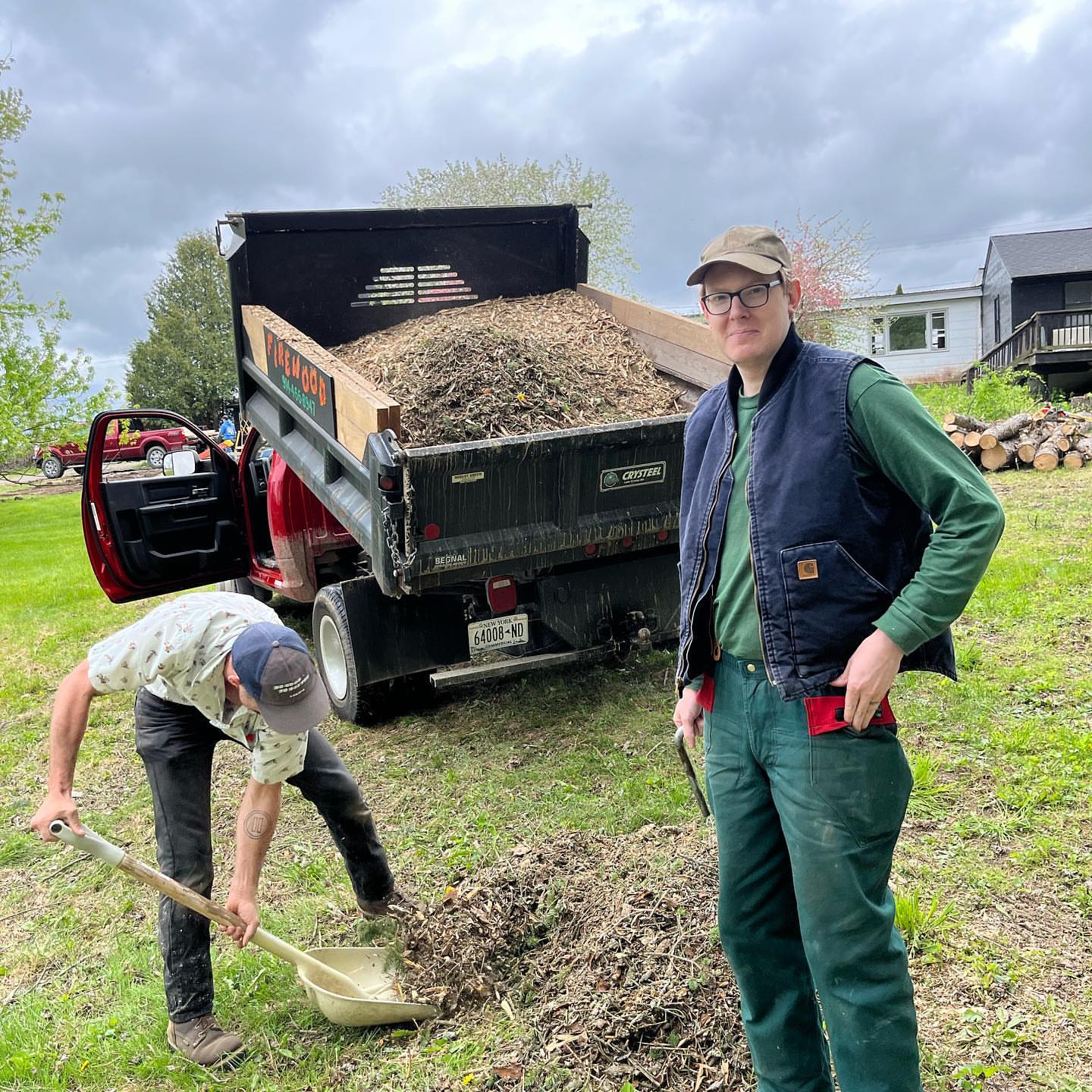
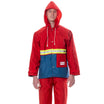
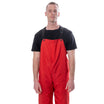
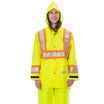
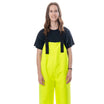
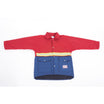
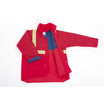
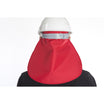
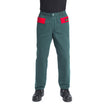
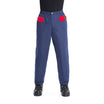
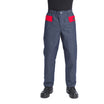
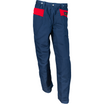
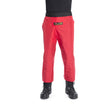
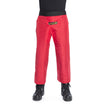
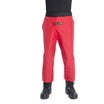
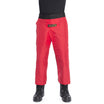
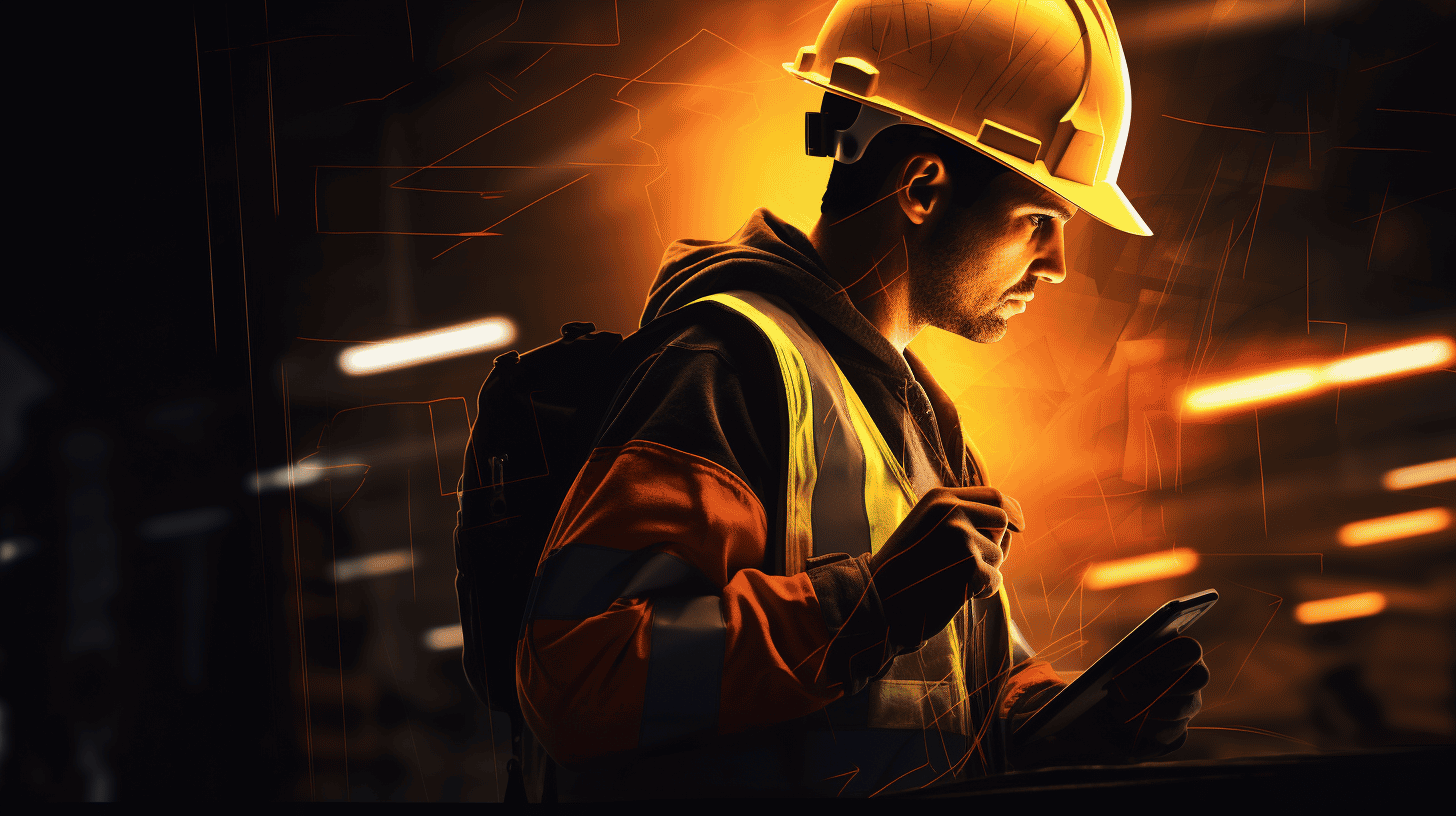
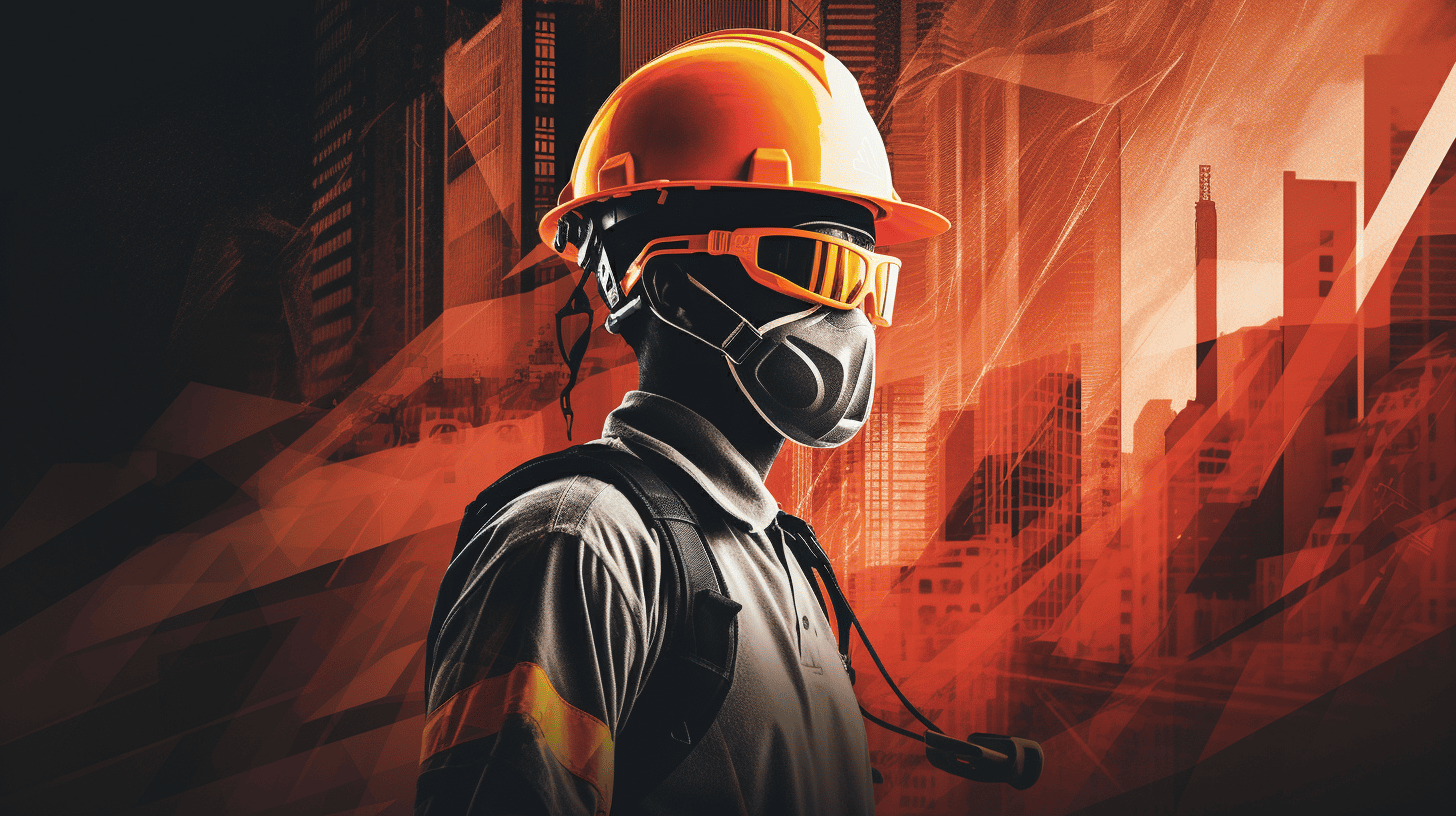
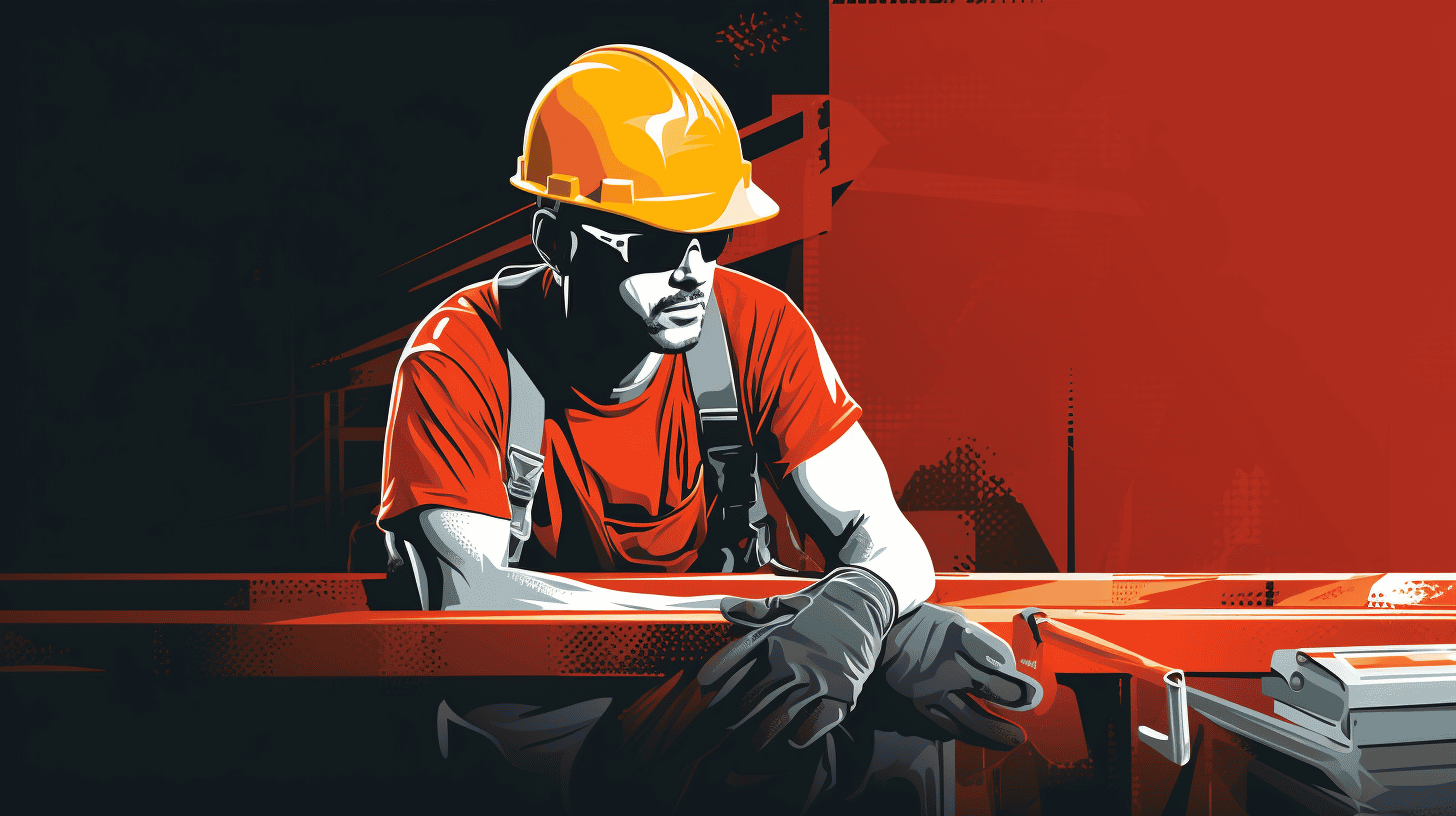
Leave a comment
This site is protected by hCaptcha and the hCaptcha Privacy Policy and Terms of Service apply.